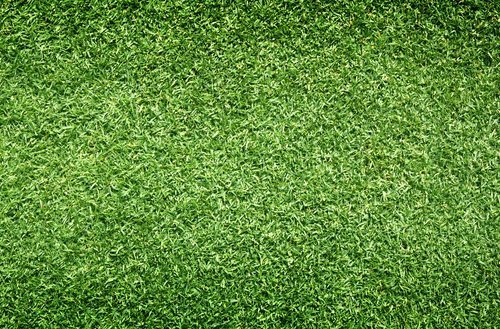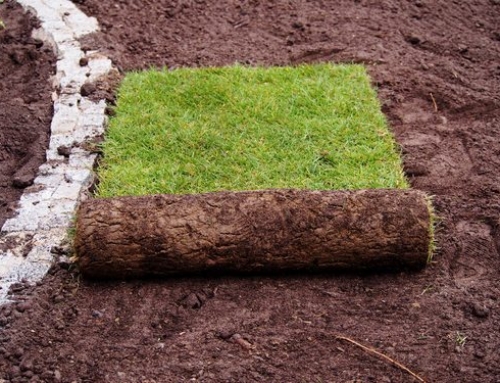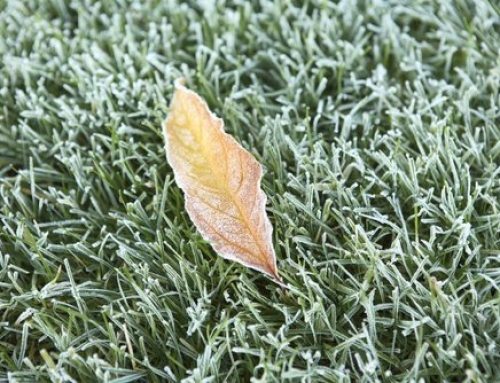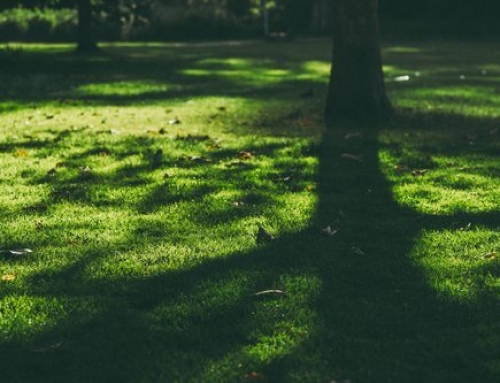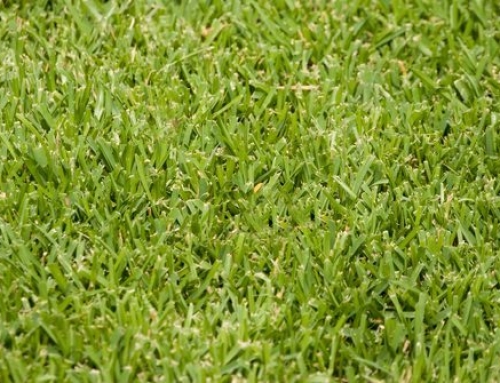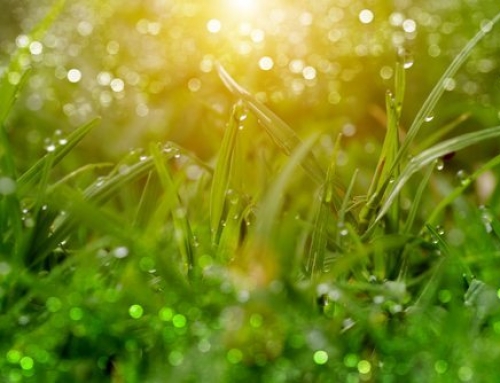As the foremost authority on grass and sod, Nimmer Turf Farm, located in Mt. Pleasant and North Charleston, South Carolina, specializes in growing, delivering and installing many different types of sod. We have several farms located throughout South Carolina and Georgia and can provide you with local advice and service no matter your location. Sod is grown locally at our eleven farms and we feature many varieties. On our over 3000 acres of farmland, we grow Palmetto St. Augustine, Centipede, Celebration Bermudagrass, Zeon Zoysia, Tifway 419 Bermuda, Bahia Grass and Empire Turf®.
All of the sods we grow are great choices, but which one is right for you?
In this article, we will discuss why Empire Turf® a good choice as a low-country sod and the reasons why it looks beautiful in the South Carolina and Georgia landscapes,
What Makes Empire Turf® a Good Choice as a Low-Country Sod?
Empire Turf® is a versatile and hardy sod with wide blades. Otherwise known as Zoysia, it is native to Australia, Asia, and the South Pacific Islands. A beautifully dark, rich blue-green turfgrass, it is hardy in warm climates. Named for Karl Von Zois, an 18th-century Austrian botanist, it is used in a variety of landscapes. It is installed on golf courses as well as residential lawns, parks, stadiums and amusement parks. It was introduced to the Southeast United States and became popular in the 1940-50s. Empire Turf®, because of its wide blades, stands up to heavy foot and golf cart traffic.
But what makes Empire Turf® a good choice as a low-country sod?
There are many reasons why it looks beautiful in the South Carolina and Georgia landscapes:
- Empire Turf® is an aesthetically beautiful sod. It is a beautifully rich, dark blue-green turfgrass. Soft to the touch, it makes for a wonderfully enjoyable place for children to play and families to entertain. On a golf course or in a stadium, its durability and the richness of color enhance the overall playing experience. Additionally, it holds up well when installed in a park setting. When fall brings its cooler temperatures to South Carolina and Georgia, Empire Turf® turns a lovely shade of brown that enhances the changing colors of the leaves.
- Empire Turf® is highly rated in functionality. When planting this sod, a soil bed of either sand, sandy loam, clay or muck is recommended. For those unfamiliar with sandy loam, it is a gardening soil made from a mix of sand, clay, and silt. The sod produces strong aggressive horizontal stolons and rhizomes, which are the emerging blades of grass and its roots. Because of its strength, it is a turfgrass that has an excellent injury recovery rate. This recovery rate lends itself especially well to golf courses, parks, and playing fields, where general wear and tear or divots are frequently made. It also recovers easily in residential lawns where playground equipment use can damage the turfgrass.
- Empire Turf® is resilient against insects and disease. Infestations of sod is always a concern. This turfgrass is highly resistant to insects and disease. However, it is still susceptible to a few of them. Nematodes, a microscopic roundworm, and fungi are potential problems for Empire Turf®. Regular fertilizing and frequent watering throughout the seasons can eradicate these infestations. If nematodes do become a problem, clean all the lawn equipment that came in contact with them. To help the turfgrass stay healthy, some other fungal disease remedies are regulating the Ph balance of the soil and maintaining proper soil drainage.
- Empire Turf® is an ideal sod for the hot South Carolina and Georgia summers. As the sod originates from Asia, Australia, and the South Pacific, it transitions easily to the Southeast part of the United States. It stays it natural rich blue-green shade until temperatures are consistently below 70 degrees. Empire Turf® can survive in the 6B-11 zones, which range from -5 to 45 degrees Fahrenheit in the cold months and it also tolerates shade and salty soils very well. Empire Turf® has a built-in defense mechanism that allows it to survive for long periods when drought and water restrictions keep it from receiving water. Because of this, Empire Turf® has been used exclusively in many massive communities throughout the state of Florida. When not receiving water, Empire Turf® will go off color but continue to grow thanks to underground rhizomes. When the water returns, Empire Turf® quickly greens back up.
- Empire Turf® is easy to maintain. Fertilization and regular cuttings with a standard rotary mower and lawn trimmer are the main ways to maintain the sod. After the warm weather returns in the early months of the year, and two weeks after the annual cleanup is complete, fertilize to ward off the few insects and fungus that could harm it. Repeat three to six fertilizations until late fall or when the grass starts to change color. If you so choose, soil tests can be conducted to maintain proper Ph level and soil quality. When mowing or trimming, maintain a healthy grass height between 1-2 inches and water regularly. In addition, regular aeration can help support a healthy lawn, golf course, park or stadium playing field. As it has an aggressive horizontal root and stem growth from stolons and rhizomes, it is not likely to be susceptible to weed infestations.
Nimmer Turf Farm is well-known as the Southeast’s leading sod company. With several farms throughout South Carolina and Georgia, we are able to outfit any type of landscape from residential plots to golf courses, amusement parks, and sports arenas. We provide a range of services, from sod delivery and installation to sprigging.
To learn more about Empire Turf®, contact Nimmer Turf. We offer free estimates and one of our experts can arrange to meet with you to help you decide on the best sod for your residential lawn, park or business. Contact Nimmer Turf today for more information about Empire Turf®, our line of grass and sod and the correct time of the year to plant.


